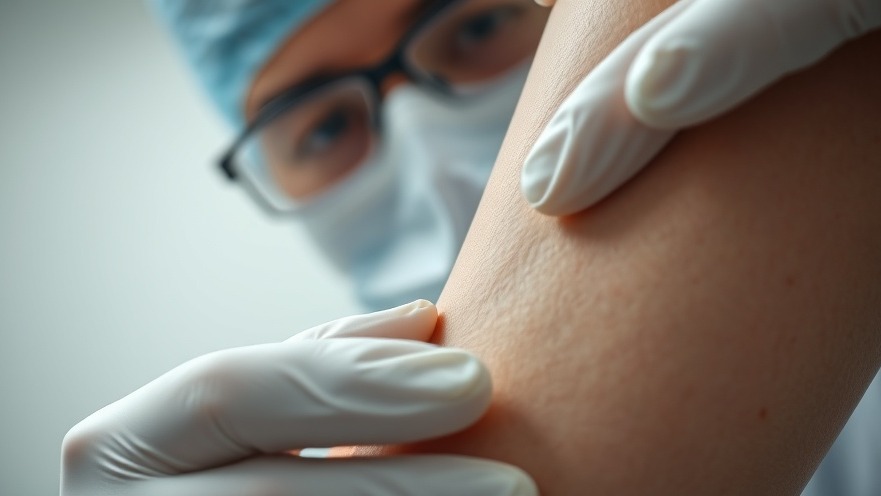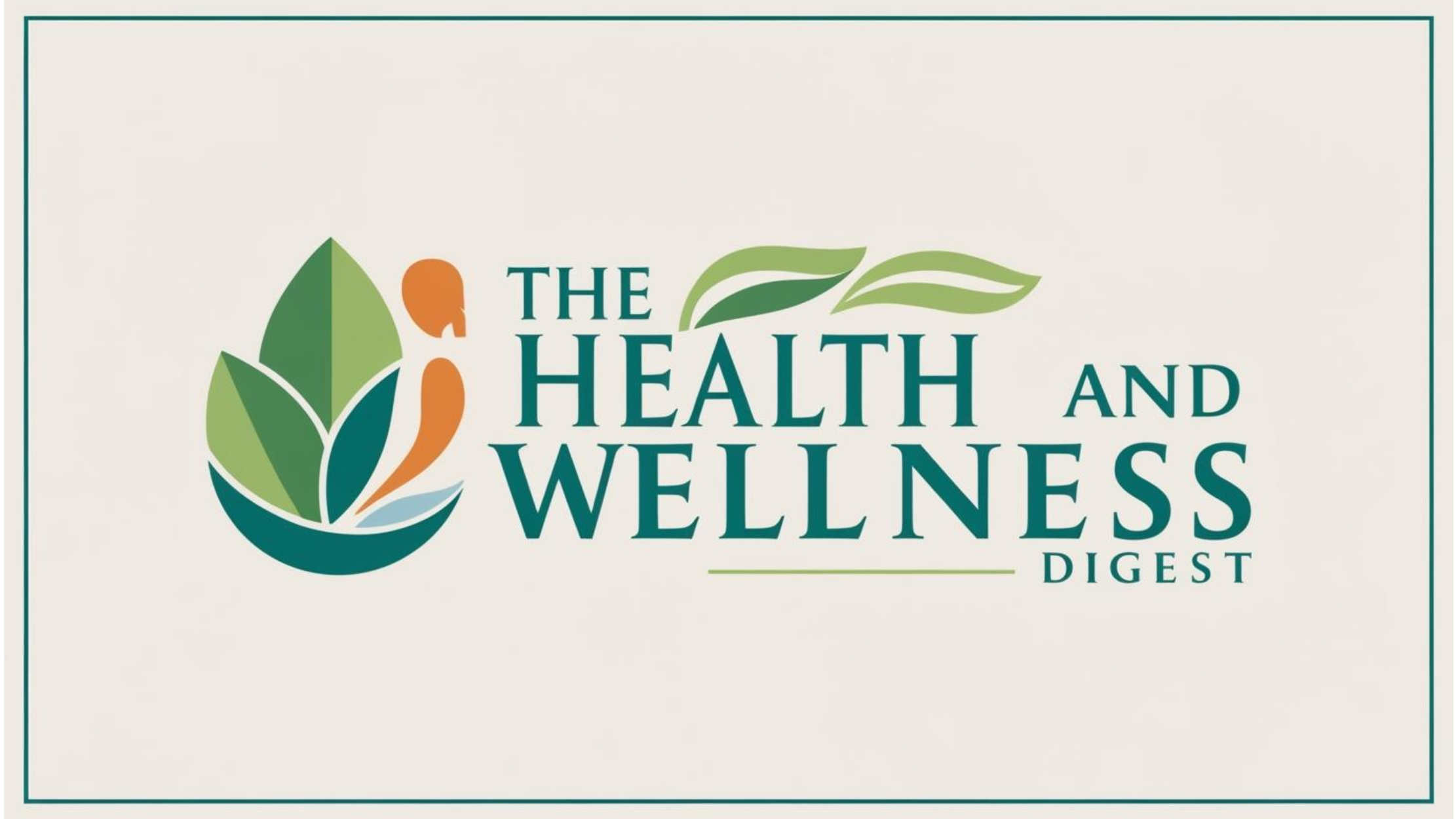
Understanding Spider Veins: What You Need to Know
Spider veins are small, visible blood vessels close to the skin's surface, resembling thin webs or branches. These veins can appear in red, blue, or purple hues. Although often harmless, they can be a source of insecurity for many, affecting self-esteem and body image.
Affecting approximately 88% of women and 79% of men during their lives, spider veins are often seen on the legs or face. While typically painless, they can lead to discomfort such as cramping or aching, especially after prolonged periods of standing or sitting.
Common Causes of Spider Veins
The formation of spider veins is a complex issue, influenced by various factors:
Genetics: Family history plays a significant role, meaning if your parents had spider veins, you are more likely to develop them.
Aging: As we get older, our veins and their valves naturally weaken, increasing the likelihood of dilation and visibility.
Hormonal Changes: Fluctuations in hormones during puberty, pregnancy, menopause, and due to birth control can weaken vein valves. For example, during pregnancy, extra blood volume and pressure can strain leg veins.
Obesity: Carrying extra weight increases pressure on the veins, forcing them to work harder, thus raising the risk of spider veins.
Sun Exposure: Prolonged exposure to UV rays can damage skin and blood vessels, especially on the face.
Prolonged Sitting or Standing: Occupations that require long durations in one position can slow blood flow and increase vein pressure.
Smoking: The toxins in cigarettes can narrow blood vessels, resulting in poor circulation and a higher risk of spider veins.
Do Spider Veins Indicate Circulatory Issues?
While spider veins rarely indicate serious health issues, they can sometimes be an early sign of venous dysfunction if accompanied by symptoms like cramping or heavy feelings in the legs. If you observe these signs, it’s wise to have a conversation with your healthcare provider.
Natural Remedies for Spider Veins
If you’re looking for strategies to reduce the appearance of spider veins naturally, consider these approaches:
Stay active: Regular exercise boosts circulation, which can help alleviate symptoms associated with spider veins.
Compression stockings: These specialized stockings can aid in improving blood flow and reduce discomfort.
Healthy diet: Consuming foods high in flavonoids, like apples, berries, and onions, can strengthen vein walls.
Maintain a healthy weight: Reducing excess weight can decrease pressure on your veins and lessen the appearance of spider veins.
Herbal remedies: Some reports suggest that horse chestnut extract and grape seed extract may help improve circulation and reduce vein visibility.
Steps You Can Take Today
It’s important to acknowledge that while natural remedies can help minimize the appearance of spider veins, they may not eliminate them entirely. Maintaining a healthy lifestyle—annual check-ups, balanced nutrition, and regular physical activity—can significantly improve your overall vein health.
In Conclusion
Spider veins can affect both men and women, making awareness and proactive measures essential for those concerned about their appearance. Recognizing the factors that contribute to their development can empower individuals to take charge of their health and aesthetics.
For anyone troubled by spider veins, embracing a combination of lifestyle changes, exercise, and perhaps natural remedies is a step toward achieving healthier, more vibrant skin. Be sure to consult your healthcare provider for tailored advice and effective treatment options. Let’s focus on wellness together!
 Add Row
Add Row  Add Element
Add Element 



Write A Comment